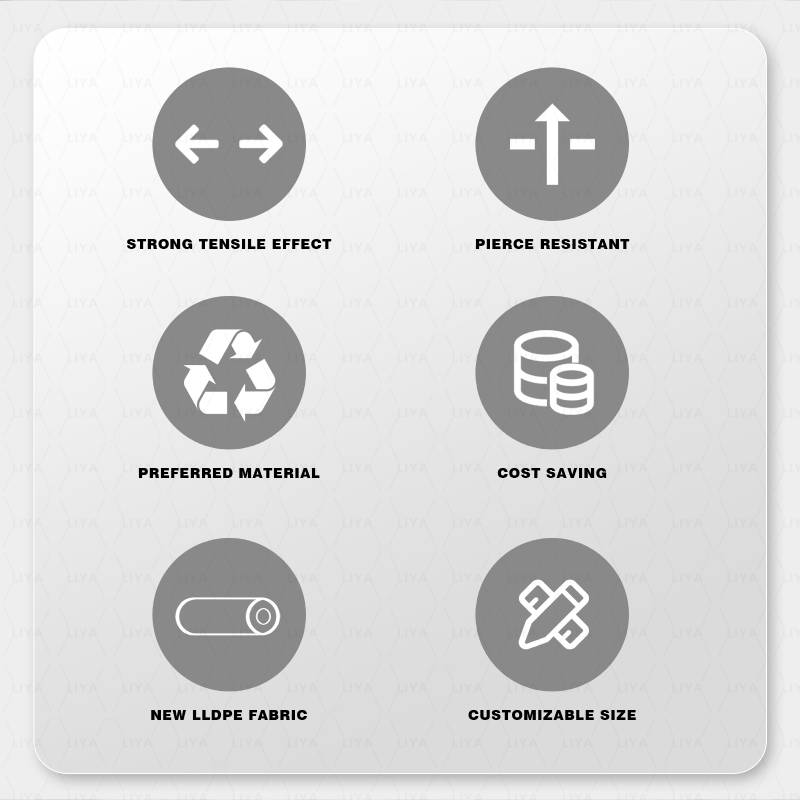glassine paper for food packaging
Glassine Paper for Food Packaging A Sustainable Choice
In the food packaging industry, the choice of materials is crucial not only for maintaining the quality of the products but also for minimizing environmental impact. Glassine paper, a type of translucent paper made from cellulose fibers, has emerged as a sustainable and effective option for food packaging. This article explores the properties, uses, advantages, and sustainability aspects of glassine paper in the food sector.
What is Glassine Paper?
Glassine paper is a smooth, glossy paper that is produced by compressing and calendaring pulp. Its characteristics include a high degree of translucency, resistance to grease and moisture, and a robust structure. It is typically uncoated and can be bleached or unbleached, depending on the required application. This paper is often used in various packaging applications, but its attributes make it particularly suitable for food items.
Applications in Food Packaging
Glassine paper is used in a variety of food packaging applications, including
1. Bakery Wrapping Many bakeries use glassine paper to wrap pastries, bread, and cookies. Its grease-resistant qualities prevent oils from leaking through, keeping baked goods fresh without compromising their taste or appearance.
2. Confectionery Packaging Candies and chocolates are often wrapped in glassine paper to protect them from moisture and contaminants. The translucency of the paper also adds a visual appeal, allowing consumers to see the product while still providing protection.
3. Sandwich and Deli Wraps Glassine paper is a suitable choice for wrapping sandwiches and deli items, as it maintains freshness while providing a barrier against grease and moisture.
4. Food Service Many food service providers use glassine paper for lining plates, trays, and as a barrier in takeout containers, allowing for easy cleanup while keeping food items intact.
Advantages of Glassine Paper
glassine paper for food packaging

The advantages of using glassine paper for food packaging are numerous
- Grease and Moisture Resistance Glassine paper can effectively resist grease and moisture, making it an ideal choice for oily or wet foods.
- Sustainable Material As glassine is made from wood pulp, it is biodegradable and recyclable. This characteristic aligns with growing consumer interest in sustainable practices and packaging materials.
- Versatility The versatility of glassine paper allows it to be used in various food applications, from wraps to liners, making it a multi-functional choice for manufacturers.
- Aesthetic Appeal The translucency and smooth finish of glassine paper add to the visual aesthetics of food packaging, which can enhance consumer interest and desire.
- Cost-Effective Compared to many plastic alternatives, glassine paper is often more affordable, offering businesses an economical solution without sacrificing quality.
Sustainability in Food Packaging
As the food packaging industry faces increasing scrutiny regarding its environmental impact, materials like glassine paper present a compelling alternative. The shift towards sustainable packaging solutions is driven by various factors, including consumer preference for eco-friendly products, government regulations, and the growing awareness of plastic pollution.
Glassine paper aligns with these sustainability goals. Being biodegradable means it can decompose naturally without leaving harmful residues, unlike traditional plastic packaging, which can take hundreds of years to break down. Moreover, since glassine is derived from renewable resources, its production has a lower carbon footprint compared to synthetic materials.
Conclusion
In conclusion, glassine paper is an innovative and eco-friendly option for food packaging that addresses both practical needs and sustainability concerns. With its unique properties, such as grease and moisture resistance, versatility, and aesthetic appeal, it serves as an effective alternative to conventional packaging materials. As the food industry continues to seek sustainable solutions, glassine paper stands out as a promising choice that not only protects food but also contributes to a healthier planet. As consumers become increasingly aware of their purchasing decisions, choosing products packaged in glassine paper can make a significant difference in promoting eco-friendly practices in the food packaging sector.
-
The Best Uses for Small Trash Bags in Daily LifeNewsJul.01,2025
-
Stylish Reusable Grocery Bags TrendsNewsJul.01,2025
-
Shipping Advantages of Using Bubble Envelopes BulkNewsJul.01,2025
-
How Compostable Mailing Bags Reduce Environmental ImpactNewsJul.01,2025
-
Environmentally - Friendly Bulk Poly MailersNewsJul.01,2025
-
Eco Friendly Custom Laminated Tote BagsNewsJul.01,2025
-
Have the freedom of customizing your custom mailers any way you want! Our dedicated packaging support will help deliver you the mailing experience you need to elevate your shipping experience to the next level! Start making a strong impression on your customers and stand out from your competitors! -
LIYA uses high quality raw materials which directly purchased from large enterprises domestic and overseas such as PetroChina, Sinopec, Sabic, Equate, ExxonMobil, Dow Chemical, Total, and Borouge, ensuring the price advantage and quality of the raw materials. -
LIYA uses high quality raw materials which directly purchased from large enterprises domestic and overseas such as PetroChina, Sinopec, Sabic, Equate, ExxonMobil, Dow Chemical, Total, and Borouge, ensuring the price advantage and quality of the raw materials.





